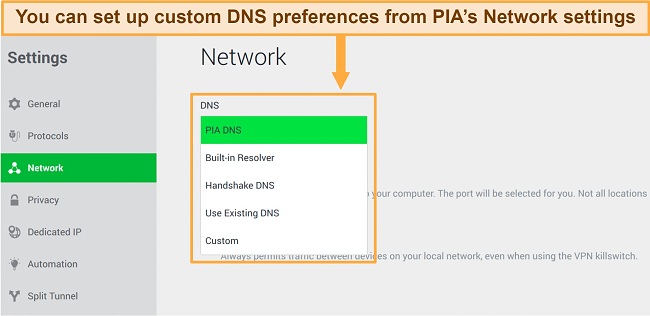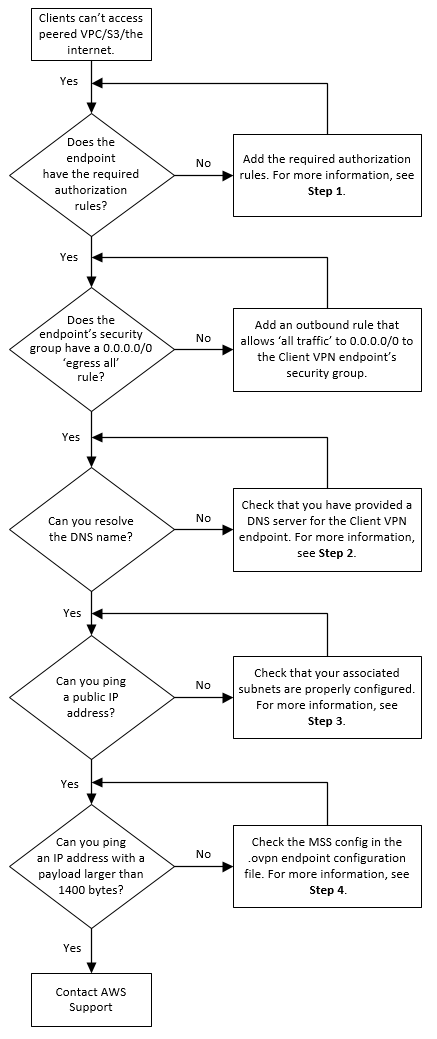Featured
Table of Contents
Chapter 8: Troubleshooting The Network Access Vpn Tunnel

The Routing and Remote Gain access to snap-in lives within the Microsoft Management Console, known as the MMC. There are multiple methods to access the MMC. You can pick the console from the Start menu's Programs choices, within the Administrative Tools folder within Windows server's Control Panel or by typing mmc at a command timely.
As Tech, Republic's Brandon Vigliarolo shows within his video at the start of this short article, the Providers console displays the status of the Routing and Remote Access entry. From within the Solutions console and with the Routing and Remote Gain access to entry highlighted, you can click Start the Service or right-click the entry and select Restart.
Often the VPN client and VPN server are set to using different authentication approaches. Verify whether an authentication mistake is the problem by opening the server console. Another method of accessing the MMC is to type Control+R to open a command timely in which you can type mmc and hit Go into or click OK.
If the entry isn't present, click File, select Add/Remove Snap-in, choose the Routing and Remote Access alternative from the options and click Add, then OK. With the Routing and Remote Gain access to snap-in included, right-click on the VPN server and click Characteristics. Evaluate the Security tab to validate the authentication approach.
Vpn Not Connecting? 8 Possible Reasons And Fixes
Ensure the VPN client is set to the authentication method defined within the Security tab. Usually the products simply evaluated are accountable for a lot of VPN connection rejection errors.
Each Web-based VPN connection normally uses two various IP addresses for the VPN client computer system. This is the IP address that's utilized to establish the preliminary TCP/IP connection to the VPN server over the Internet.

This IP address normally possesses the exact same subnet as the regional network and thus permits the customer to interact with the regional network. When you set up the VPN server, you need to configure a DHCP server to appoint addresses to clients, or you can create a bank of IP addresses to assign to clients straight from the VPN server.

If this alternative is chosen and the efficient remote gain access to policy is set to enable remote access, the user will be able to connect to the VPN. Although I have actually been unable to re-create the scenario personally, I have heard rumors that a bug exists in older Windows servers that can cause the connection to be accepted even if the effective remote gain access to policy is set to reject a user's connection.
Troubleshoot Knox Issues - Samsung Knox Workspace

Another typical VPN problem is that a connection is successfully developed but the remote user is not able to access the network beyond the VPN server. Without a doubt, the most typical cause of this problem is that authorization hasn't been granted for the user to access the whole network. To permit a user to access the whole network, go to the Routing and Remote Gain access to console and right-click on the VPN server that's having the issue.
At the top of the IP tab is an Enable IP Routing check box. If this check box is made it possible for, VPN users will be able to access the rest of the network, presuming network firewall softwares and security-as-a-service settings permit. If the checkbox is not chosen, these users will have the ability to gain access to only the VPN server, however absolutely nothing beyond.
For instance, if a user is dialing directly into the VPN server, it's generally best to set up a fixed route between the customer and the server. You can set up a static route by going to the Dial In tab of the user's homes sheet in Active Directory site Users and Computers and selecting the Apply A Fixed Route check box.
Click the Include Route button and then go into the destination IP address and network mask in the area provided. The metric need to be left at 1. If you're using a DHCP server to designate IP addresses to clients, there are a number of other problems that might trigger users not to be able to surpass the VPN server.
Getting Started With Vpn Troubleshooting
If the DHCP server designates the user an IP address that is currently in use in other places on the network, Windows will discover the dispute and avoid the user from accessing the rest of the network. Another typical issue is the user not getting an address at all. Most of the time, if the DHCP server can't appoint the user an IP address, the connection won't make it this far.
If the customer is designated an address in a range that's not present within the system's routing tables, the user will be not able to navigate the network beyond the VPN server. Ensure the resources the user is trying to access are actually on the network to which the user is connecting.
A VPN connection to the other subnet might, in reality, be required. A firewall or security as a service option could likewise be to blame, so don't forget to review those services' settings, if such elements exist between the VPN server and the resources the user seeks to reach.
The first possibility is that one or more of the routers involved is carrying out IP packet filtering. I recommend checking the customer, the server and any devices in between for IP package filters.
Latest Posts
Best Vpn Services For 2023 - Is Yours There?
10 Best Business Vpn Services [2023]: A Comprehensive ...
What Is A Vpn And How Does It Work?